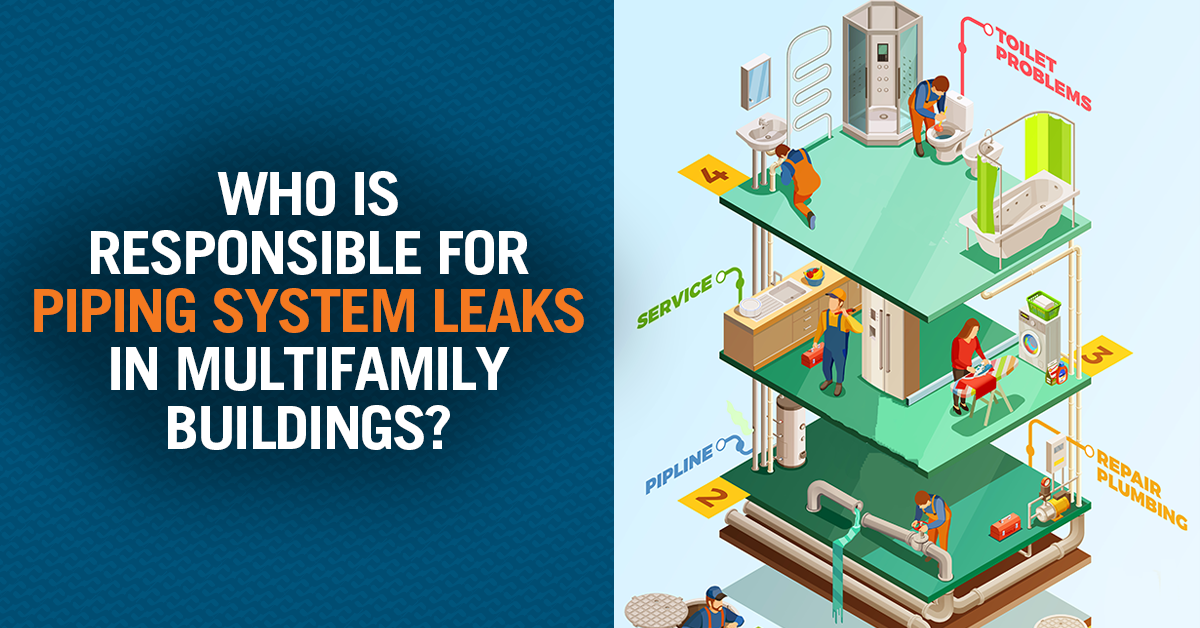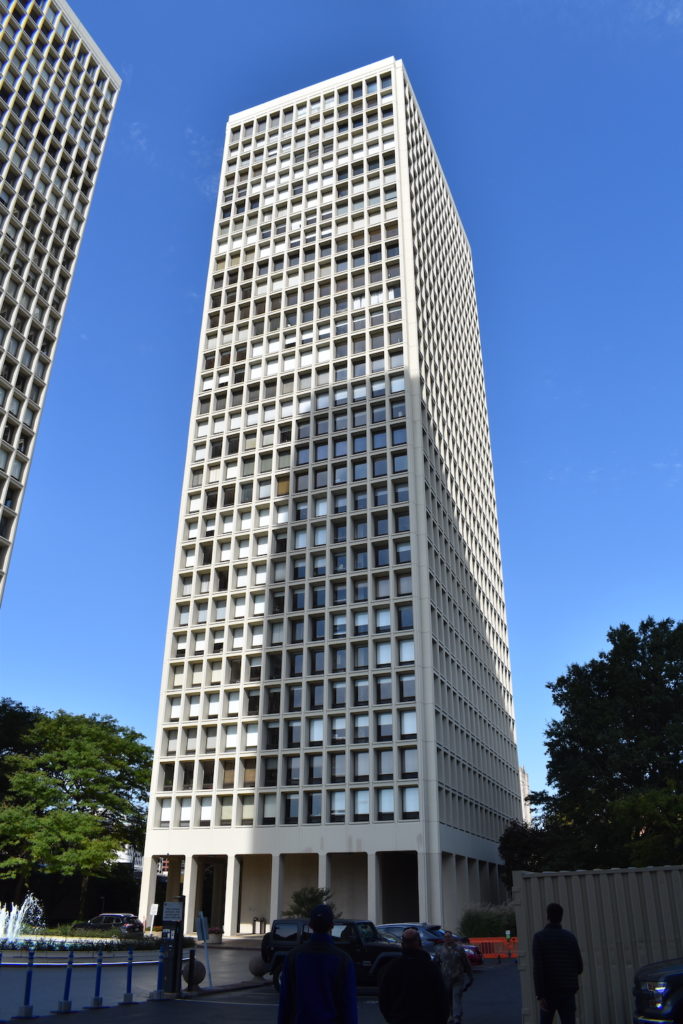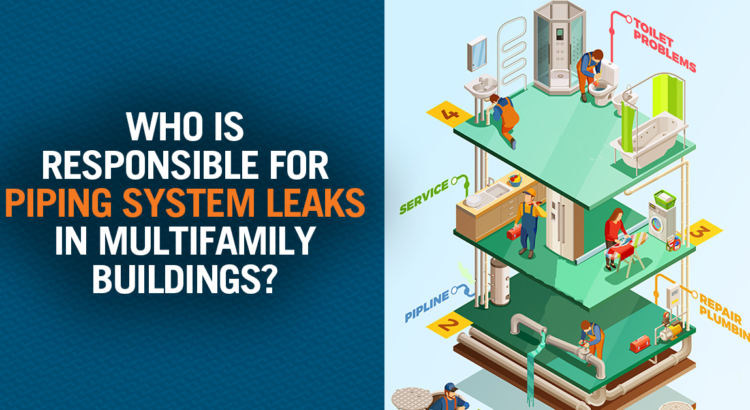
Who Is Responsible for Leaks?
Who Is Responsible for Piping System Leaks in Your Building?
When leaks occur, the first instinct (after damage control) is to ask who’s to blame or who is responsible.
Like many aspects of managing a condominium or apartment building, determining who is responsible for repairing a broken or failing piping system is not a simple cut-and-dried answer. And it varies from building to building, condo association to condo association, and insurance policy to insurance policy.
 For Condominiums
For Condominiums
In most cases for condominium properties, the bulk of the association’s liability is tied directly to the common serving vertical piping, and condo owners are liable for the horizontal pipes that serve units exclusively. (This strategy works for traditionally designed buildings, where layouts are consistent from floor to floor. For luxury properties where layouts vary from floor to floor, it may be a little more complicated.)
The reason is simple: The vertical risers serve multiple floors and multiple units; horizontal lines primarily serve individual units.
There are exceptions, however. In older buildings where pipes are nearing the end of their useful life, it’s reasonable to expect the building association to cover costs for a complete building repipe. Most well-informed boards understand that similarly aged pipes possess similar risk profiles, despite serving common areas or individual units. The genuine risk and liability created by only addressing half of the problems across an interconnected system like communitywide piping infrastructure, instead of replacing the whole system, are often enough to convince boards that the community should bear the cost for the entire system replacement, rather than relying on individuals to replace or repair the pipes serving their specific units.
Ultimately, responsibilities should be outlined in the condo association’s bylaws, and every property is different. Bylaws should be reviewed often and through legal channels to ensure that the areas of monetary responsibility are clear and well defined. The time for figuring out who shoulders the burden is not after the pipes have corroded and repair costs are piling up.
Those bylaws also should discuss future whole-building repipe needs. If the building’s piping system is nearing the end of its expected life or has been prone to leaks over the years due to water conditions or faulty installation, a repipe of the entire system will likely be needed. Condo association bylaws should indicate how those expenses will be covered.
Insurance responsibilities also should be clearly outlined—whose insurance, the building’s or the unit owner’s, is responsible for leaks as well as property damage caused by those leaks? What minimum insurance levels are unit owners required to carry and what liabilities to other units must that insurance cover?
For Apartments
Apartment buildings are a different story, of course. The property manager is responsible for repairs to all pipes, no matter their location. However, some buildings may include human-caused pipe failures as part of the security deposit agreement. For example, if a tenant pierces a pipe while hanging a picture or uses a drain cleaner forbidden in their lease agreement that corrodes the pipe, some of the repair cost may be able to be taken from their security deposit. Likewise, resident-caused accidents, such as clogging and overflowing a toilet, or overfilling a bathtub or sink, that results in damages are typically the burden of the tenant (and/or their renters’ insurance policy) and not the property itself.
Remain proactive with repairs
When repairs to the piping system do become necessary, we don’t recommend that homeowners or residents manage them on their own. As mentioned in our previous blog post, enlisting homeowners to conduct their own repairs to the piping system could lead to a number of problems, such as mis-matched materials, unlicensed contractors, or lack of oversight and inspection.
No matter who is responsible in the end, this discussion amplifies why proactive maintenance and using a Leak Log are critical for building managers.
A Leak Log allows you to keep track of pipe failures to help determine which leaks are a one-off occurrence and which are systemic. (Learn more about documenting pipe failures here.) Knowing what caused the leaks may determine whose insurance needs to pay not only for pipe repairs but also any subsequent or related damage to the building and other individual units.
To get started, click here to request a free downloadable Leak Log.


